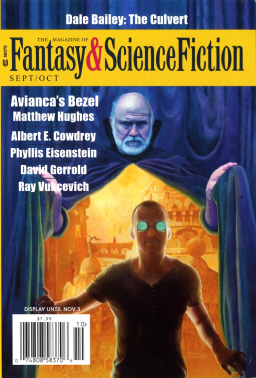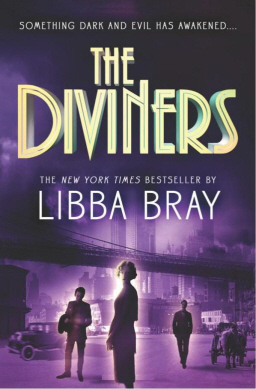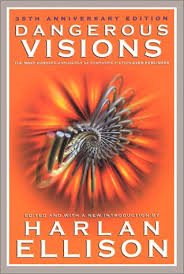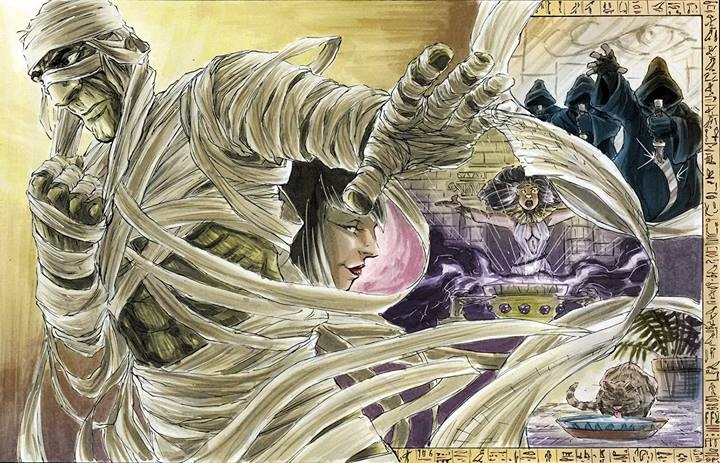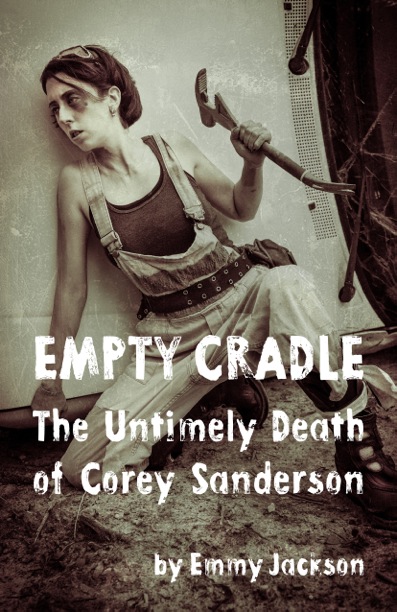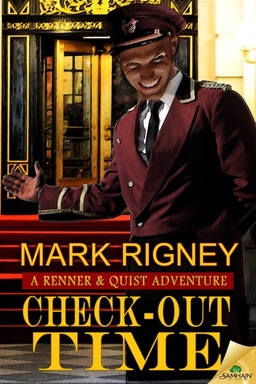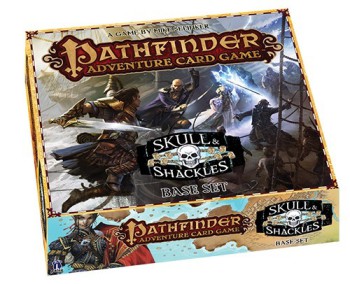Eugie Foster, December 30, 1971 – September 27, 2014
 Author and editor Eugie Foster died of respiratory failure today at Emory University in Atlanta.
Author and editor Eugie Foster died of respiratory failure today at Emory University in Atlanta.
Eugie announced last October that she has been diagnosed with cancer, a “malignant, fast-growing tumor, around 6cm, in my sinuses and hard and soft palate regions.” She was undergoing aggressive treatments, including a stem cell transplant, which left her vulnerable to infections. In one of her last blog posts, on August 12, 2014, she wrote:
[One] opportunistic bacteria infection has taken up residence in my lower bowels and another one has set up shop in my stomach. Not only is food unpleasant to eat but it’s not doing anything enjoyable once it hits my GI Tract, including staying put. Waaaahhhh!!
They have me on lotso antibiotics and other meds to make this easier on me. I appreciate that but honestly, I just want to be unconscious. None of this is unexpected but it all sucks. Hurry up stem cells. Graft! Graft already!!
I first encountered Eugie when she took over Tangent Online after Dave Truesdale stepped down. Her own short stories were appearing in Interzone, Apex, Fantasy Magazine, Realms of Fantasy, and other places; her story “Sinner, Baker, Fabulist, Priest; Red Mask, Black Mask, Gentleman, Beast” won the 2009 Nebula Award. Jason Waltz introduced me to Eugie at Dragon*Con in 2010, at her busy press station where she produced the onsite newsletter, the Daily Dragon. I found her charming and highly articulate, filled with drive and energy, and seemingly unstoppable.
Her death was announced in a brief blog post by her husband, Matthew M. Foster. She was 42 years old.
